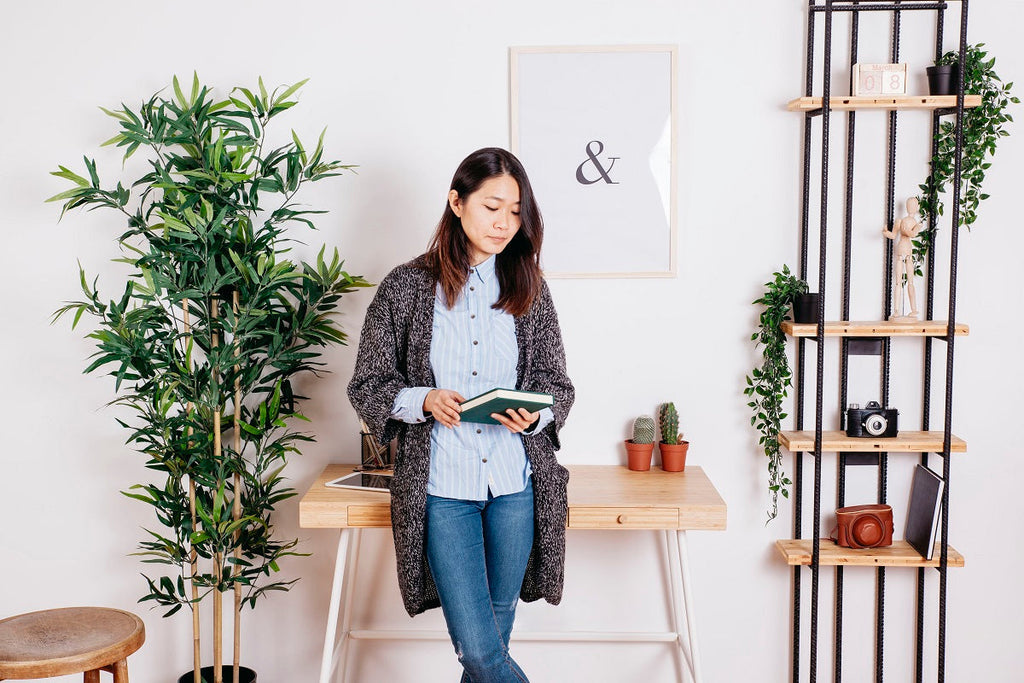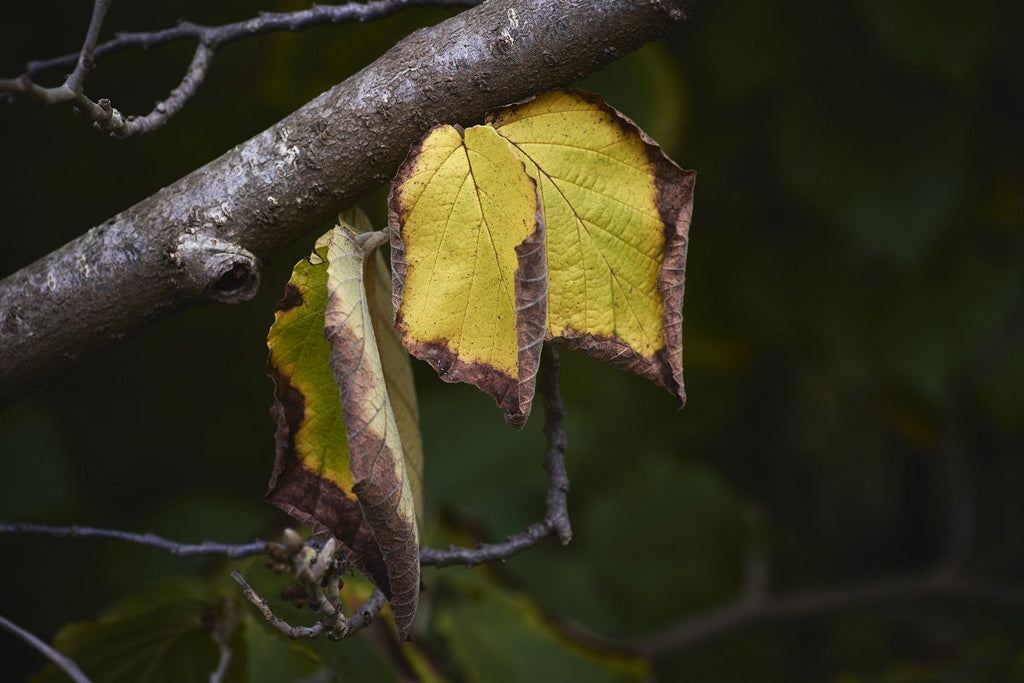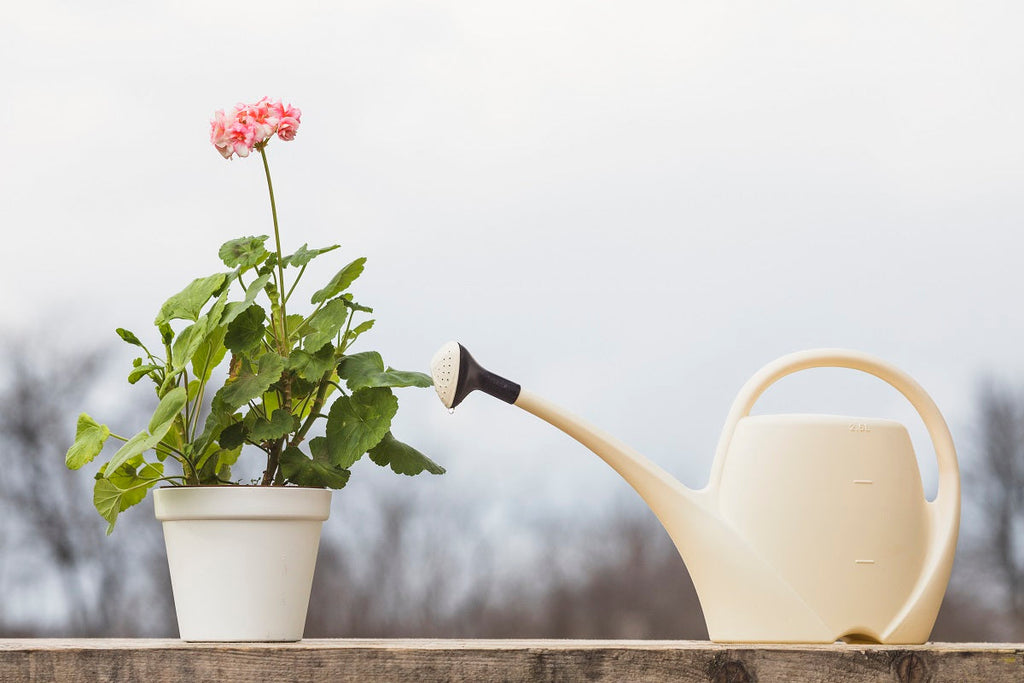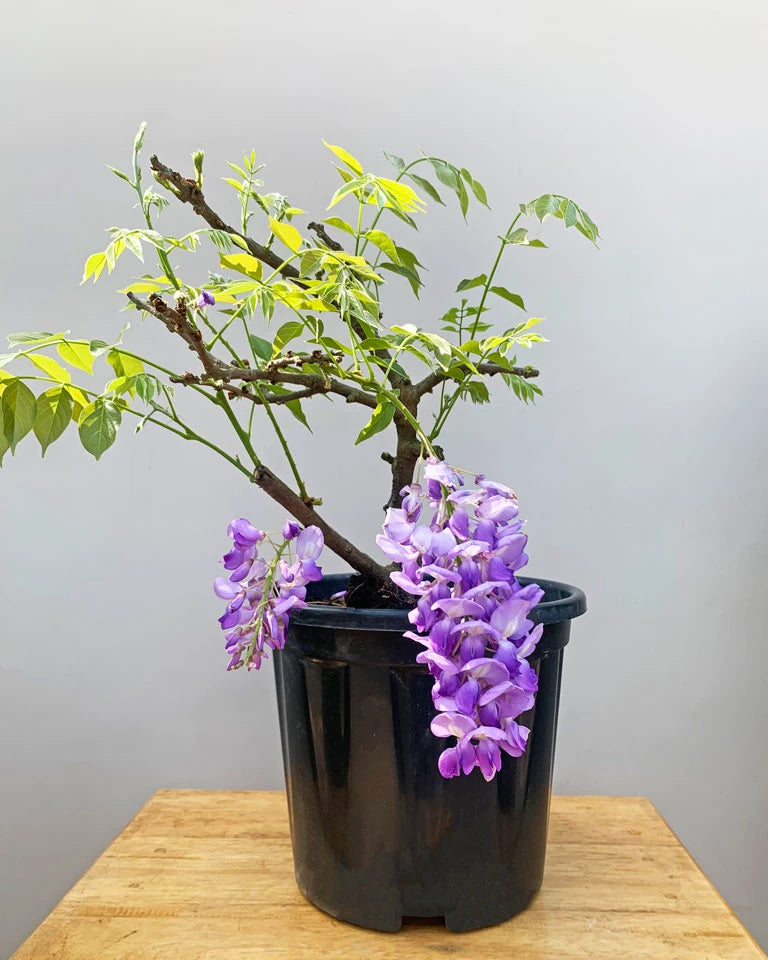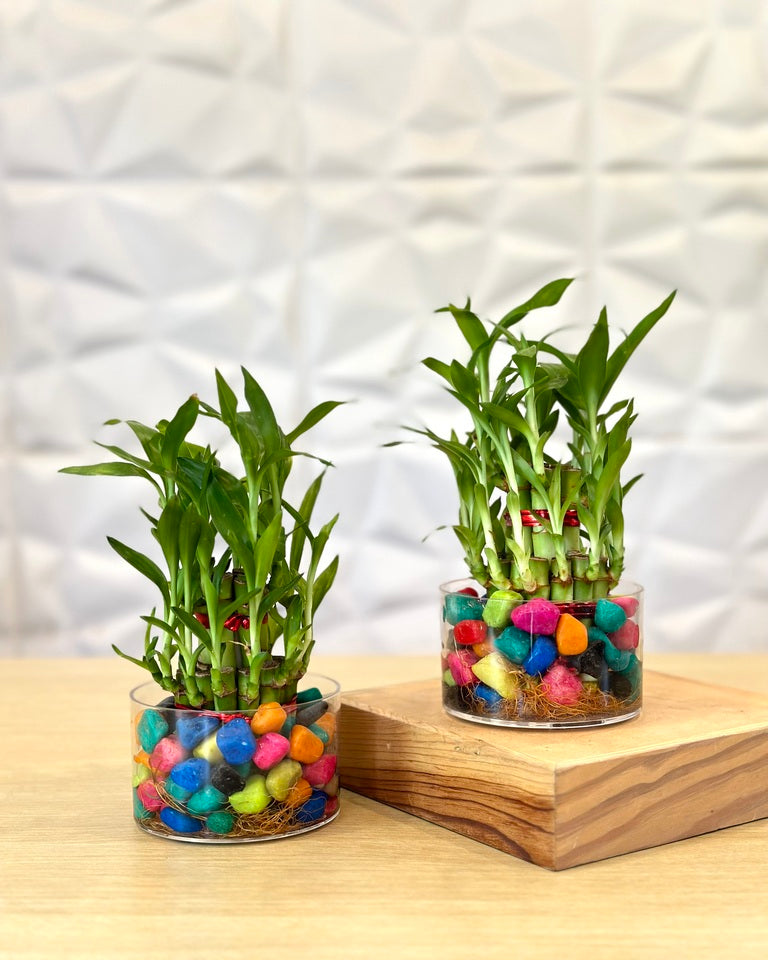
How To Save Your Plants With Summer Heat

As the temperatures rise and the sun shines brighter, your plants may need a little extra care to thrive during the summer months. With proper care, you can ensure that your green friends not only survive but also flourish in the heat. Here are ten essential tips for keeping your plants healthy and happy this summer.
- By sticking your finger approximately an inch deep into the soil, you can periodically check the moisture content of the soil. When the top inch seems dry, add water.
- Water waste can be reduced by applying water directly to the plant's roots using a drip irrigation system or a watering can with a spout.
- For added moisture conservation and fewer waterings needed, think about covering the soil with a layer of organic mulch, such compost or straw.

- Make sure the bottom of pots and planters have enough drainage holes to let out extra water.
- To avoid waterlogging, think about repotting your plants into pots with adequate drainage if they are currently in containers without holes for drainage.
- Steer clear of directly setting pots on surfaces like saucers or trays without drainage holes that may impede proper drainage.

- Choose mulch materials that not only retain moisture but also enrich the soil as they decompose, such as compost or shredded bark.
- Apply mulch to a depth of 2-4 inches around plants, leaving a small gap around the stem to prevent rot and discourage pests.
- Replenish mulch as needed throughout the summer to maintain its effectiveness in conserving moisture and suppressing weeds.
4. Offer Shade:
- Create temporary shade structures using materials like shade cloth, bamboo screens, or umbrellas, especially for plants that are sensitive to direct sunlight.
- Plant tall-growing or vine plants nearby to provide natural shade to smaller, more delicate plants during the hottest part of the day.
- Consider relocating potted plants to shaded areas, such as under trees or on the east side of buildings, to protect them from intense afternoon sun exposure.

- To minimize stress on the plant and make precise cuts, use sharp, clean pruning tools.
- To increase air circulation and encourage healthy growth, concentrate on cutting off any dead, unhealthy, or crowded branches.
- To stop diseases from spreading, sterilize pruning instruments in between cuts, especially when working with damaged plants.
6. Fertilize Appropriately:
- Choose a fertilizer specifically formulated for the type of plants you are growing, such as a balanced fertilizer for flowering plants or a high-nitrogen fertilizer for leafy greens.
- Apply fertilizer according to the manufacturer's instructions, taking care not to exceed the recommended dosage to avoid nutrient imbalances.
- Consider using organic fertilizers, such as compost or fish emulsion, to provide a slow and steady release of nutrients without the risk of chemical burn.
7. Watch for Pests and Diseases
- Regularly check plants for deformed growth, chewed leaves, or sticky residue on leaves and stems—all indications of pest infestations.
- Find out what common illnesses and pests are in your area and research natural ways to manage them, such hand-picking pests, using neem oil, or bringing in beneficial insects.
- Give your plants the right nutrients, water, and sunlight to keep them robust and healthy. This will help them resist pest and disease pressure.

8. Consider Container Size:
- Choose containers that provide ample room for the plant's roots to grow and spread, minimizing the need for frequent repotting.
- Select lightweight containers made of materials like plastic or fiberglass for ease of handling and mobility, especially if you need to move plants to different locations throughout the summer.
- Group containers together according to their water and sunlight requirements to simplify watering and maintenance tasks.

9. Stay Consistent:
- Based on the particular requirements of your plants, create a watering schedule that you will try your best to adhere to, even in times of intense heat or precipitation.
- In particular, if you're going on vacation, use irrigation timers or self-watering pots to keep the soil at a constant moisture level.
- To avoid dehydration or waterlogging, keep a watchful eye out for any signs of stress on your plants, such as wilting or yellowing leaves, and modify your watering schedule accordingly.

10. Monitor Environmental Conditions:
- Install a weather station or use a smartphone app to track temperature, humidity, and rainfall levels in your garden, allowing you to make informed decisions about watering and other care practices.
- Provide additional protection for plants during heatwaves or prolonged periods of hot, dry weather, such as shading them with temporary structures or using row covers to reduce heat stress.
- Be proactive in adjusting your plant care routine based on changing environmental conditions, such as increasing watering frequency during heatwaves or reducing fertilization during periods of drought.
Conclusion:
With these ten tips, you can effectively care for your plants during the summer season, ensuring they remain healthy and vibrant despite the heat. By watering wisely, providing shade, pruning prudently, and staying vigilant against pests and diseases, you can create an optimal growing environment for your green companions to thrive. So roll up your sleeves, grab your watering can, and let's help our plants beat the summer heat!









